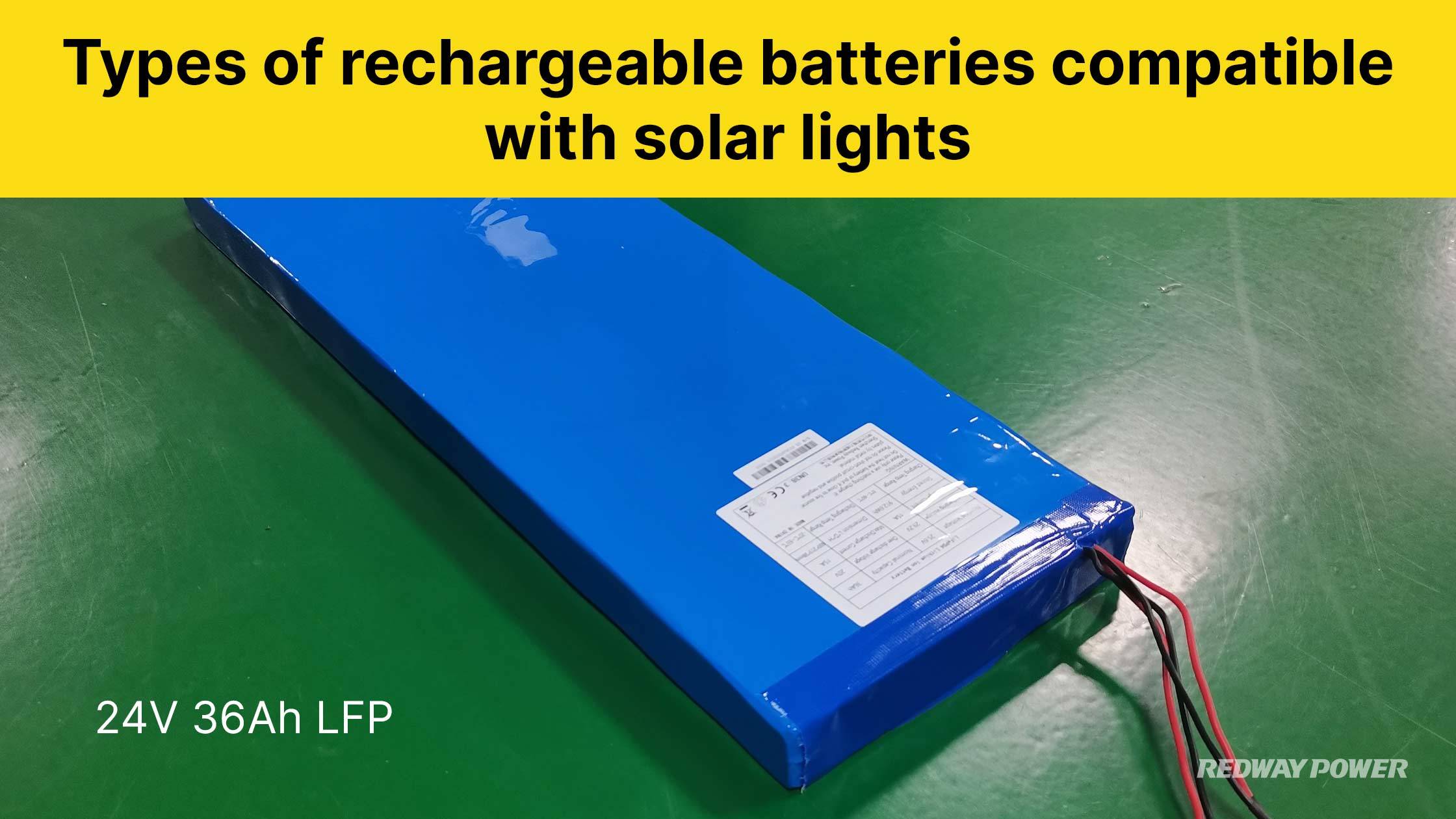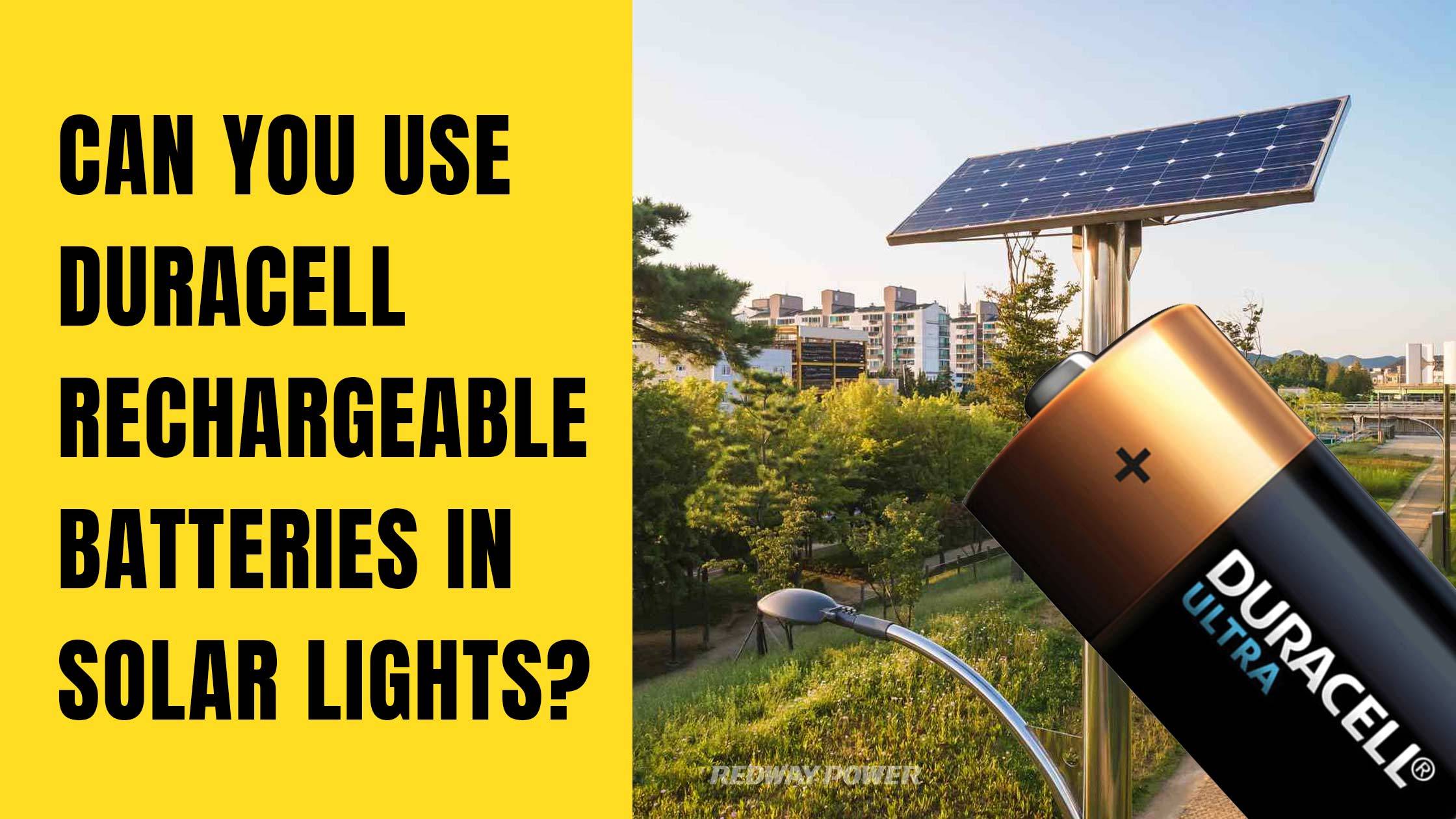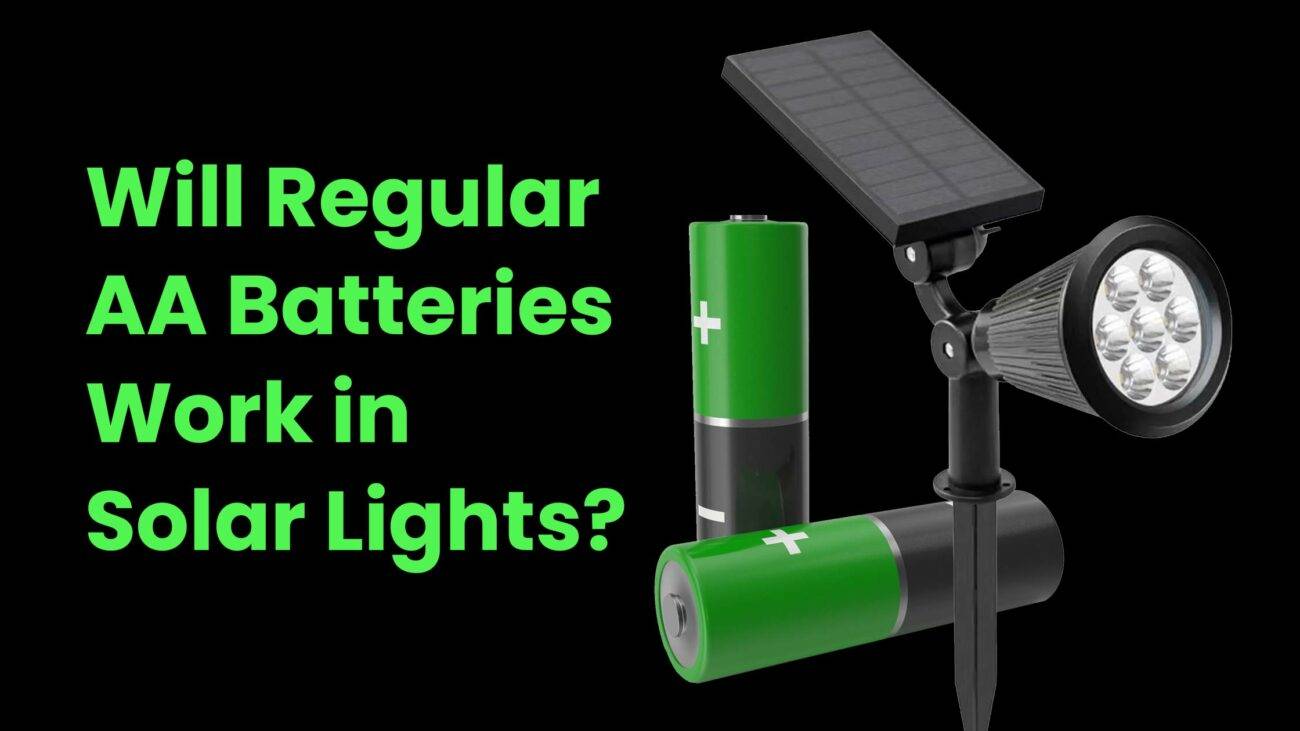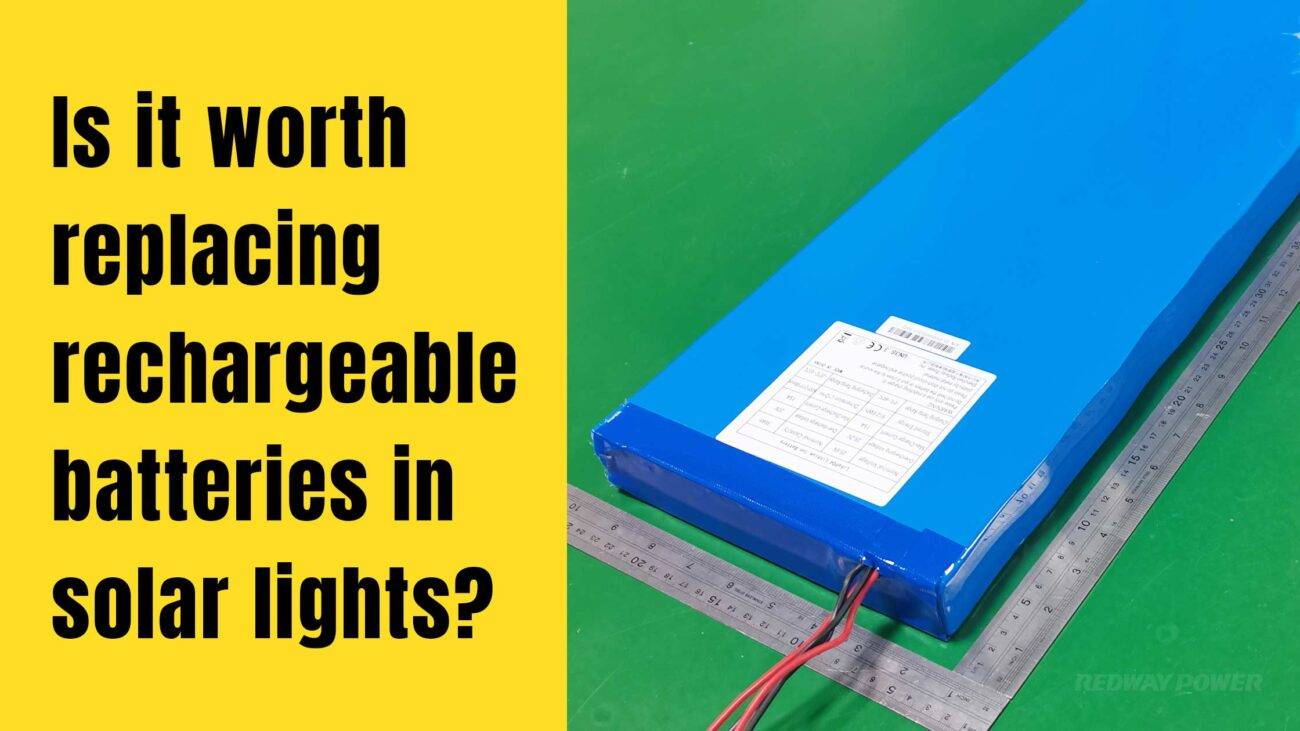Yes, Duracell rechargeable batteries are compatible with solar lights. Most solar lights use low-mah nickel-cadmium cells, while Duracell rechargeables are nickel-metal hydride, offering 1.4V fully charged. Ensure the battery’s capacity matches the light’s requirements for optimal performance. Store spare batteries properly, avoiding extreme temperatures. Duracell rechargeables provide reliable, long-lasting power for solar lights.
Understanding the basics of solar lights
Solar lights offer a sustainable solution for outdoor lighting, utilizing sunlight to power up your spaces. Here’s a simplified breakdown of how they work:
- Solar Panel: The panel captures sunlight and converts it into electrical energy through photovoltaic cells.
- Rechargeable Batteries: Energy generated during the day is stored in rechargeable batteries, ensuring illumination during the night.
- LED Light Source: LEDs provide efficient and long-lasting illumination, powered by the stored energy in the batteries.
Understanding these fundamental components empowers you to make effective use of solar lights, brightening your outdoor environment sustainably.
The benefits of using rechargeable batteries in solar lights
Benefits of Using Rechargeable Batteries in Solar Lights:
- Cost Savings: Despite a higher initial cost, rechargeable batteries can be recharged numerous times, reducing the need for frequent replacements and saving money in the long term.
- Environmental Friendliness: By choosing rechargeables over disposable batteries, you minimize pollution and waste, as rechargeables contain fewer harmful chemicals and can be reused multiple times.
- Enhanced Performance: Rechargeable batteries typically have higher capacities than disposable ones, providing longer-lasting illumination for outdoor spaces. Additionally, advancements in technology ensure improved reliability and durability, withstanding various weather conditions.
Making the switch to rechargeable batteries for your solar lights offers undeniable benefits, including cost savings, environmental preservation, and improved performance. It’s a win-win for your wallet and the planet!
Types of rechargeable batteries compatible with solar lights
Choosing the right rechargeable batteries for your solar lights is crucial for optimal performance and longevity. Here are some options to consider:
- Nickel-Metal Hydride (NiMH) Batteries: Known for their high energy density, NiMH batteries can store more power and provide longer runtimes for your solar lights.
- Lithium-Ion (Li-ion) Batteries: With high energy density and long lifespan, Li-ion batteries hold their charge well over time, making them ideal for solar lights.
- Nickel-Cadmium (NiCd) Batteries: While less efficient than NiMH or Li-ion batteries, NiCd batteries offer decent performance at a more affordable price point.
Ensure compatibility by checking your solar light’s specifications before purchasing any rechargeable battery. Consider factors like budget, desired runtime, and environmental impact when making your selection!

Introducing Duracell rechargeable batteries
When it comes to powering your solar lights, reliability and durability are paramount. Duracell rechargeable batteries offer a solution tailored to meet these needs, backed by their reputation for quality and longevity in the battery industry.
- Reliable Power Solution: Duracell rechargeable batteries are designed to provide consistent power over multiple charge cycles, ensuring reliability for your solar lights.
- Long-Lasting Performance: With advanced technology, Duracell batteries hold their charge longer than disposable ones, resulting in fewer battery changes and greater convenience.
- Outdoor Durability: Built to withstand extreme temperatures, Duracell rechargeable batteries are ideal for outdoor use, making them perfect for solar lighting applications.
- Environmentally Friendly: By choosing Duracell rechargeable batteries, you’re reducing waste and contributing to a greener future, thanks to their lower environmental impact compared to disposable batteries.
Experience superior performance and eco-friendliness with Duracell rechargeable batteries for your solar lights!
Can Duracell rechargeable batteries be used in solar lights?
Duracell rechargeable batteries are a trusted choice for powering various electronic devices. But are they suitable for solar lights? The answer is yes! Here’s why:
1. Environmental Friendliness: Duracell rechargeable batteries reduce waste and contribute to a greener planet compared to disposable ones.
2. Longer Lifespan: These batteries last longer than traditional alkaline batteries, leading to fewer replacements and cost savings in the long run.
3. Optimal Performance Tips: Match battery capacity with solar light requirements, ensure sufficient sunlight exposure for efficient charging, and store batteries properly for maximum longevity.
Choose Duracell rechargeable batteries for reliable, eco-friendly power solutions for your solar lights!
Tips for using rechargeable batteries in solar lights effectively
Maximize the performance and lifespan of your solar lights with these practical tips for using rechargeable batteries:
1. Choose the Right Battery Type: Opt for NiMH or Li-ion batteries designed for rechargeability and consistent power output.
2. Consider Capacity: Select batteries with higher mAh ratings for longer-lasting power, especially in areas with limited sunlight.
3. Ensure Full Charge: Before installation, fully charge batteries according to manufacturer instructions for optimal nighttime illumination.
4. Position Solar Panel Correctly: Place the solar panel facing south (Northern Hemisphere) or north (Southern Hemisphere) at an angle for direct sunlight exposure.
5. Regular Cleaning: Keep the solar panel free from dust and debris to maintain efficient sunlight absorption and charging.
6. Avoid Shade: Prevent shading of solar lights during daylight hours to maximize charging capability.
7. Replace Aging Batteries: If light output diminishes over time, replace batteries to restore performance and extend the lifespan of your solar lights.
Follow these tips to ensure your solar lights shine bright when the sun goes down!

















